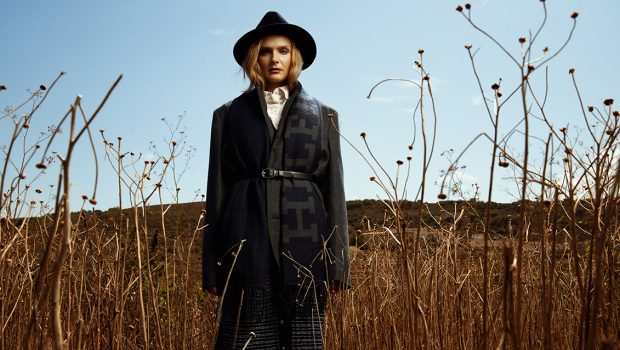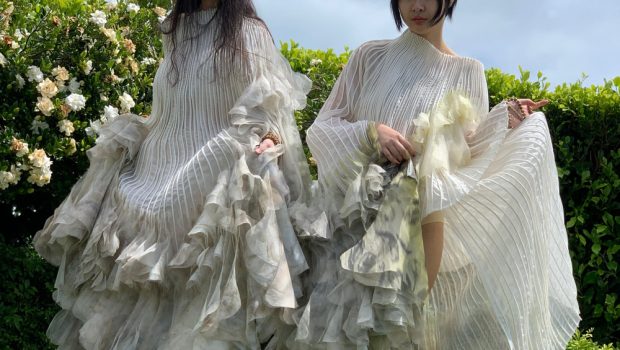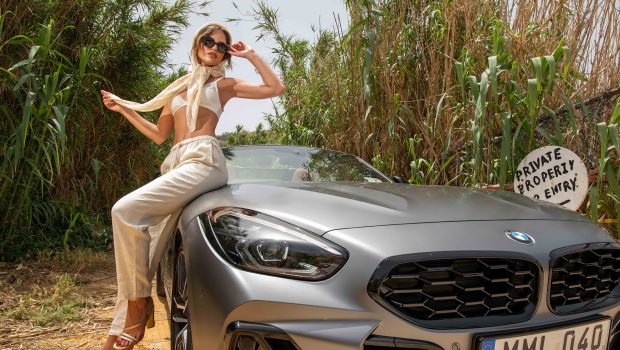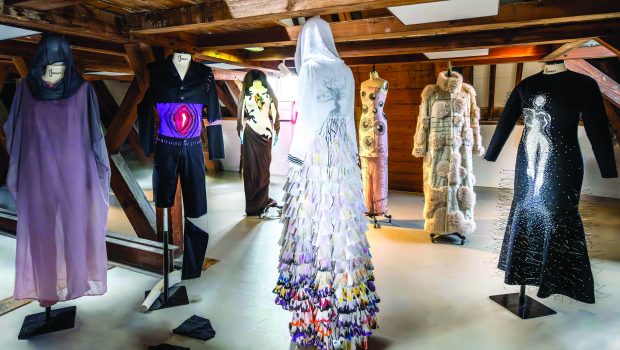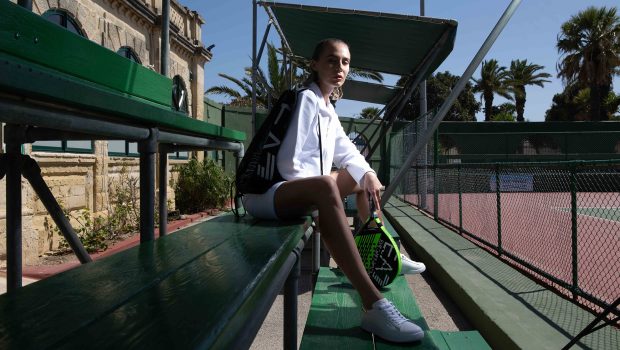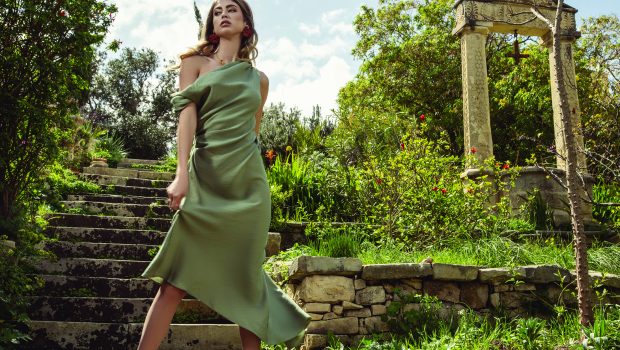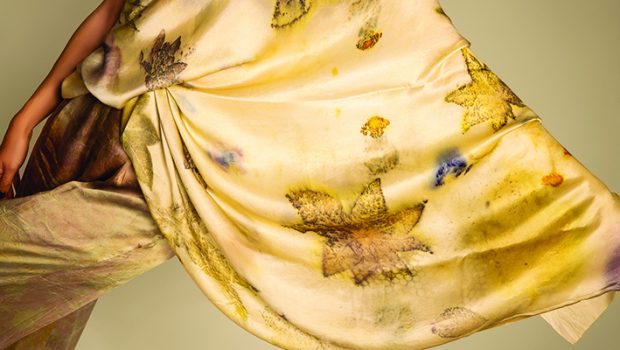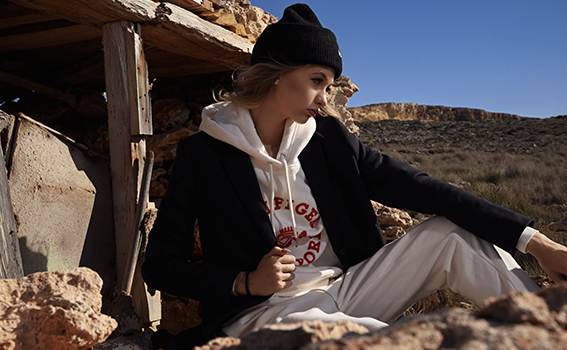The reality of fashion week.
While everyone knows the top designer names, celebrities and It girls who rule the front rows of Fashion Week, few outside the industry know the truth behind the amount of work it takes to put together the shows every season. Alina Anisimova speaks to the behind-the-scenes talents to discover the details.
Words: Alina Anisimova
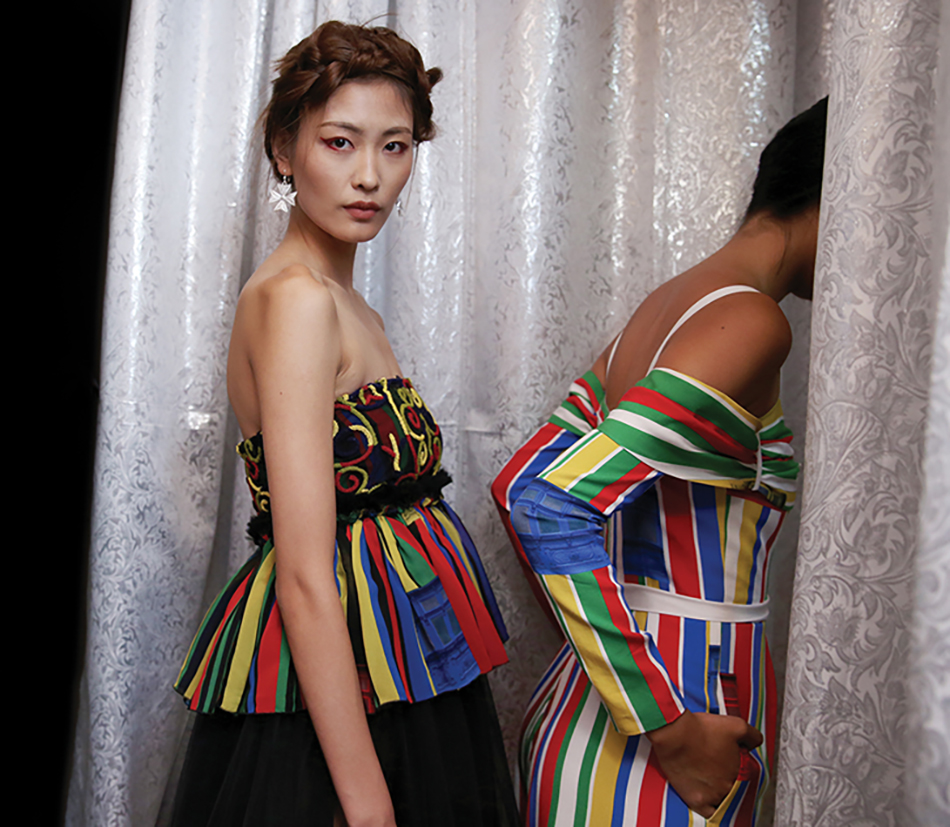



Fashion Week is known as the ultimate fashion festival. That’s where designers bring the world’s fashion royalty and celebrities together to present their hand-stitched exclusive garments that will be desired by consumers all over the world and featured in the leading editorial glossies. Right? Except it’s a bit more complicated than that.
The shows are an opportunity for designers to showcase their couture creations. But even though promotion is a significant part of the business, it’s important to note that the show is also attended by buyers, who would purchase the clothes to sell in their stores. “Fashion Week as such is for those buying meetings”, says Martina Zammit Maempel, Wholesale Executive at Roland Mouret at Paris Fashion Week. “It’s not the glamour; it’s to do with the buys, and that’s where the money is,” she explains.
It should perhaps be noted that buyers also visit designers’ showrooms following the show. While the fashion show is usually a designer’s vision in full effect, the buying meeting is the commercial and wearable interpretation of that vision.
“In fact, these days, many buyers don’t even bother to show up for the show; sometimes they don’t have time,” Martina reveals. “The show is mainly there for brands to kind of get photographs, and the more celebrities they have in their show, the more paparazzi will come, and the more that these pictures will circulate the world.”
Wholesale Executive is one of the most crucial positions in the fashion industry, and this job is coveted by fashionistas – attending fashion shows, travelling the world while representing the brand, rubbing shoulders with the big-name designers. It all sounds like a dream. But, despite how glamorous we might think the career is, this perception can be far from reality.
“On the day of the show you have to make sure the collection goes to the venue and everything is good,” Martina explains. “Then once the guests start coming you usually are part of the team who welcomes them because you represent the brand. Front rows are usually for more important people, and then standing is for people who asked to come to the show… like I will stand,” she laughs. “The crew always stand because there’s never any place for us to sit.”
Once the show finishes, the work of wholesaling begins. “You just pack up the collection and take it to the showroom to prepare it for the following day, and then the buying starts.”
While a fashion show takes from ten to fifteen minutes, buying meetings would easily take an hour and a half each.
“We have like 5 meetings a day, and you always have to look very presentable, and from eight to eight you are giving buyers a brief overview of the collection and working on what their buy is going to be. So you don’t have any time to attend any other show.
“People only see Fashion Week from a press perspective – these shows and these women looking beautiful, but it’s hard work. Last year, we were six girls and hired this beautiful flat in Paris, and we had to carry the mannequins and furniture up the staircase. It was horrible and not glamorous at all,” Martina says, smiling.
Martina didn’t get a shining moment right away. She found a way into her dream job after hundreds of plainly ignored job applications and one year of unpaid internship. Far from then, Martina is proud of the achievement. “I think you have to have a certain character to do any fashion job. You really have to go through a lot. But, once you are there, it’s a really good feeling.”
Carlton Agius, Creative and Personal Assistant
Before Yves Saint Laurent started a fashion revolution, he was working as Christian Dior’s assistant, and later took over the couture house. Creative assistant is a massive behind-the scenes force which keeps the fashion industry moving.
Carlton Agius is a creative and personal assistant at Charles&Ron, and an example of a talent who works behind the scenes of the brand. Ask any fashion designer how they manage to manifest themselves while balancing daily responsibilities – from day-to-day meetings with different clients to managing the retails shops – and most will say they couldn’t do it without a personal assistant.
A fashion collection is not the product of a single mind, and Carlton plays a major role in conceptualising and designing the clothing and accessory collections.
Working for established designers close to influential fashion figures sounds like a dream, but it’s even more thrilling to do it during Fashion Week season. “It’s exciting being part of Fashion Week, especially in New York. There’s always something happening in the streets: fashion shows, celebrity sightings, photoshoots. The list is endless,” Carlton says. “Apart from the city madness, we’re very busy preparing ourselves for our show.”
Working side-by-side with designers, Carlton is always ready to lend a pair of hands or give a second opinion. “My average day during Fashion Week always starts with a good breakfast; it’s the time of the day where as a team we plan the day ahead and make a schedule for all the meetings, events and other work related activities,” he explains.
“After breakfast we’re out for the day, carrying out models’ castings and fittings, holding meetings or attending fashion shows and presentations.” Carlton describes the process of casting and fitting as very stressful, yet points out that it’s one of the most interesting aspects building up to the big night. “We spend long days seeing hundreds of models and fitting clothes to the models’ bodies to have the perfect fits.”
Working on a Fashion Week might be tiring and the chaos behind the catwalk can easily turn into a nightmare. But it’s not all horrific. “During the previous four seasons we attended some big shows. Some of my favourite events were the Manolo Blahnik’s book launch for ‘Fleeting Gestures and Obsessions Book’ at Saks Fifth Avenue, and one of the Tommy Hilfiger runway shows, where I was standing very close to Anna Wintour and saw Kendall and Gigi walk the runway.”
When we think of working in fashion we tend to focus on the luxuries, rarely pausing to consider the amount of work that it takes to succeed. According to Agius, it’s not as glamorous as it seems. “It involves a lot of hard work, long hours and creativity. It’s much more than the fancy parties and travel.”
While working as a personal assistant means being close to influential fashion figures and plenty of international travel, the job is high pressure. “It’s challenging to come up with something completely new every season while keeping your clients happy. Time must be the biggest challenge we face in our job.”

